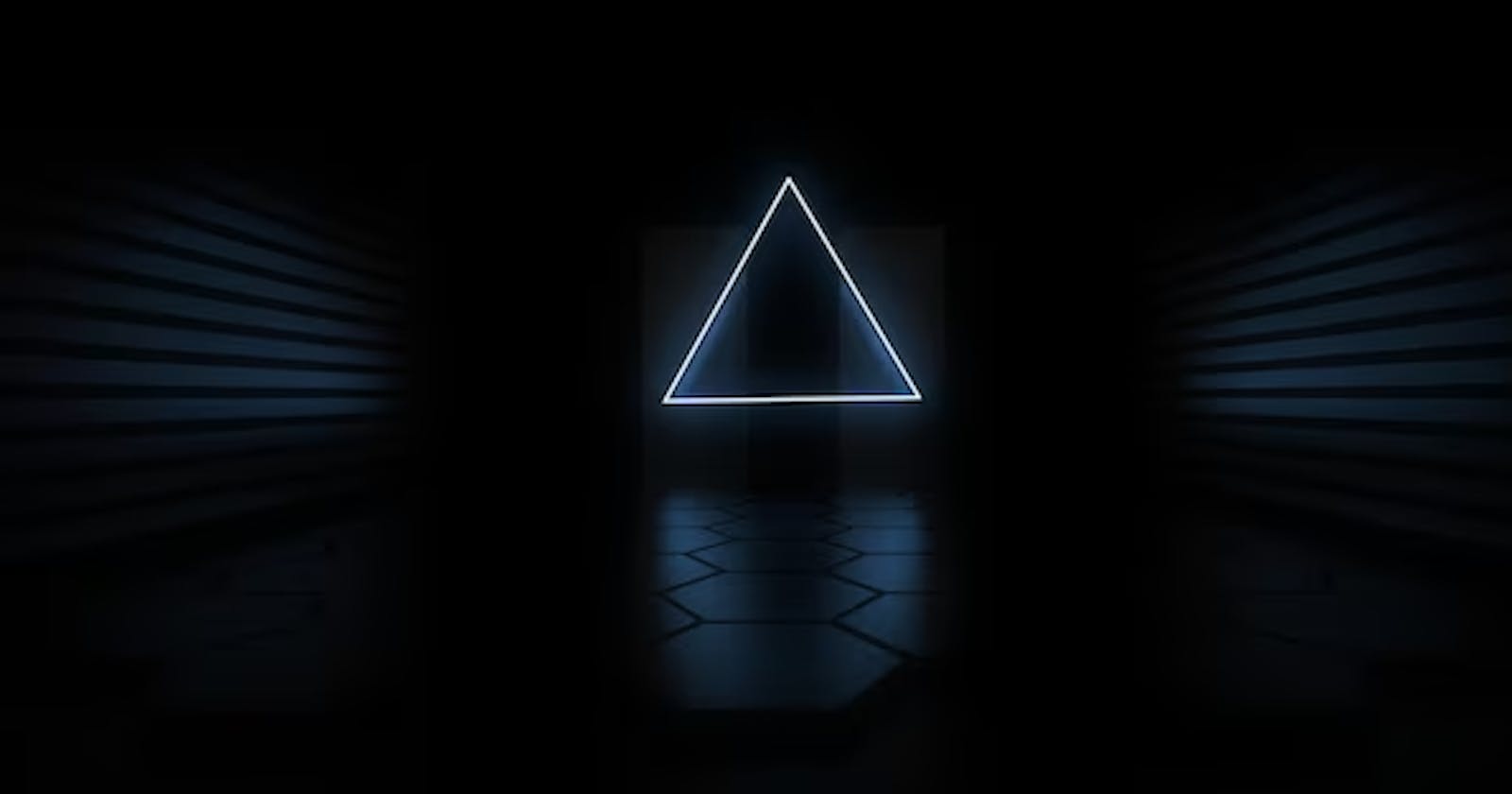Table of contents
No headings in the article.
Almost every year, I changed some things on my website in 2023. The reason for this is that I like new things, and I like to always improve my things. After all, people change, develop, and are influenced by influences that make them want to be better and better. This year was no different. In other words, at the end of the year, I thought about a small update both in the design and on the backend side. My previous site was based on a Tailwind-based CSS framework. I created the look of my site with OxyMade.
At the same time, I read in many places and saw that more and more site builders use Automatic CSS. It was happening everywhere. That's why, and because I don't like things that are hyped by many people or used by too many people, I didn't get involved in the beginning. But now I still wanted a change, and this time it was the right decision. Why? Because Automatic CSS is simply brilliant. I come from a world where everything usually has to be pixel-perfect, but since it was my own site, I could afford the comfort of not relying on that this time. Instead, I used the features of Automatic CSS to do a lot of "dirty work" for me. But what does that mean? Let's start with the basics…
The previous page consisted of these main elements:
The main elements of the Stack (plugins)
Oxygen Builder
OxyMade
Script Organizer
Advanced Custom Fields
CPT (Custom Post Types)
Mautic (Form integration)
It was important that my site use as few extensions as possible, the code should be as clean as possible, and it should be as fast as possible. In light of this, I try to reduce all extensions that I don't need. So it was essential that I throw out the current 27 extensions and instead come up with a solution that fulfills its task even without an extension. Why? Because almost everything can be solved with extensions, but I like it when a page is as clear as possible, as native as possible if you can put it that way. Of course, then I could have coded everything into it. I will cover why I didn't do it that way in another article.
Regarding the colors, I used the colors of the PHP Storm IDE as a basis. I liked it. Contrasting and clean. I also left the various complicated shapes now. I looked through countless competing sites and noted the elements that I don't like. First of all, I didn't want to put text everywhere. More precisely, with competitors, I saw that it was text-text on the back. I understand it from an SEO point of view, but not from a customer experience point of view. Which is also an SEO factor. If there is too much information, the visitor will not scroll through it and will navigate away. That is why I wanted a clear and transparent treatment for the site.
Of course, the content is constantly changing, because I implement more and more additions, but I want to do them in such a way that the content is followable and consistent.
So I changed a few things:
Automatic CSS - CSS framework
Meta Box - CPT and Custom Fields.
Piotnet Forms (Contact and newsletter subscription via API)
WP CodeBox - Custom Codes, Scripts, snippets.
With the help of these, I was able to remove a lot of plugins from the previous lineup. And I'm terribly happy about that.
I hope you will like it too.
